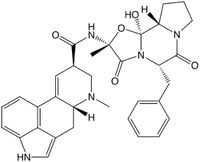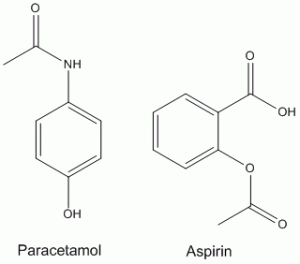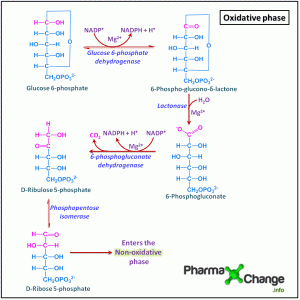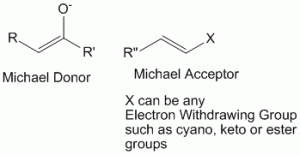Introduction:
Ergot is an alkaloid containing dried sclerotium of a fungus, containing mainly indole alkaloids called ergolines. It is traditionally used to labour to assist delivery (oxytocic) and to reduce post-partum haemorrhage. The pharmacognosy of ergot of rye is discussed below.
Ergot / Argot or St. Anthony’s Fire
| Biological Source | Ergot is the dried sclerotium of a fungus, Claviceps puprea, arising in the ovary of the rye, Secale cereale. |
| Family | The fungus belongs to family Clavicipitaceae and the rye-plant belongs to the family Graminae. |
| Geographical Source | Germany and Switzerland, substitutes found in France, Algeria, USA and Canada. |
| Morphology/Macroscopical Characters | The sclerotia is hard, violet, characteristic odor with an unpleasant taste. |
| Microscopic Characters | Shows an outer zone of purplish-brown rectangular cells while the pseudoparenchyma consists of oval and rounded cells with fixed oil and protein. |
| Chemistry | The ergot alkaloids (ergolines) are indole alkaloids and can be divided into two classes:1) The clavine-type alkaloids, which are derivatives of 6,8-dimethylergoline
2) The lysergic acid derivatives: a) Water soluble ones such as ergometrine and (b) Water insoluble ones such as ergotamine. |
| Chemical Tests | 1. gives a blue colour with Van Curk’s reagent (para dimethylamino benzaldehyde)2. gives blue fluorescence in water
3. when treated with ether, H2SO4 followed by sodium bicarbonate, aqueous layer shows a red violet colour 4. ergotamine + glacial acetic acid + ethyl acetate + H2SO4 gives a blue solution with a red tinge. When further treated with FeCl3 the red tinge disappears and blue colour becomes more prominent 5. powdered ergot when treate with NaOH solution develops a strong odor of trimethylamine. |
| Adulterants/Allied drugs/ Substitutes | Substitutes: Ergot of wheat, Ergot of barley, Ergot of oats, and Ergot of diss. |
| Uses | Ergometrine is used as an oxytocic drug to assist in labor and delivery and reduce post-partum haemorrhage. Ergotamine is used as an analgesic for treatment of migraines. Lysergic acid diethylamide (LSD-25) is a semi-synthetic preparation of lysergic aci with potent pyschotomimetic activity. |
| Other Notes (life cycle, extraction etc.) | Life Cycle:1) Sexual Stage: The ascospores infect the ovary of the rye plant & if conditions are favourable it develops hyphal strands. It forms a white mass over the ovary known as the mycelium.
2) Asexual Stage: The hyphal strands further develop invading the ovary & converting it to a hard violet schlerotium. Schlerotium contains stromatum which shows a globular stalk. It encloses bag like structures known as ascus containing ascospores. If these ascospores are liberated they infect another rye plant. |
References:
- Evans, W. C. Trease and Evans Pharmacognosy, 16th ed.; Elsevier: New York, 2009.
- Kokate, C. K.; Gokhale, S. B.; Purohit, A. P. A textbook of Pharmacognosy, 29th ed.; Nirali Prakashan: Pune, 2009.
- Wikipedia – Ergotamine for the chemical structure: http://en.wikipedia.org/wiki/Ergotamine (accessed December 30, 2011).





It is very simple and important notes thank you so much
any one says me microscopy of ergot and opium
In ergot chemical test with acetic acid and ethyl acetate, according to you blue colour disappears but according to kokate 47 edn blue colour deepens while red ting fainted on addition ferric chloride.
You are correct, we will make this correction. Thank you.